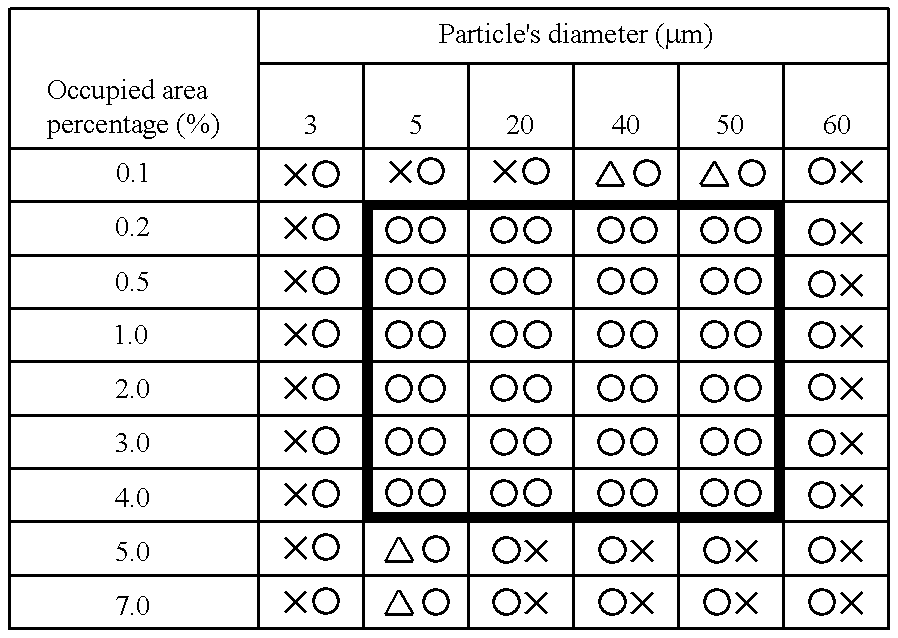Camera-ready copy sheet for lithograpic printing plate
a technology of lithographic printing plate and copy sheet, which is applied in the direction of printing press, mounting board, printing, etc., can solve the problems of low dimensional stability, reducing the position accuracy, and the softness of the base tending to reduce the accuracy of positions
- Summary
- Abstract
- Description
- Claims
- Application Information
AI Technical Summary
Benefits of technology
Problems solved by technology
Method used
Image
Examples
example
The surface of a polyethylene terephthalate (PET) base 100 .mu.m thick was roller coated with a homogenized dispersion of the recipe indicated below. This gave samples of the copy sheet according to the embodiment under consideration which had high areas formed on the surface from glass beads. The glass beads (GB 731 of Toshiba Glass Co., Ltd.) were classified to a size range of 3-60 .mu.m with a powder centrifuge and mixed with a binder acrylic resin (40% in toluene) in controlled ratios to prepare samples having different occupied area percentages.
(Prescription)
The lithographic printing plate was prepared by a dedicated platemaker SPM 415 from super Master Plus of AGFA-Gevaert AG which was a silver diffusion type light-sensitive material using a PET base 100 .mu.m thick. The plate had a total thickness of 130 .mu.m. The lithographic printing plate may be replaced by a PS plate having an image-receiving layer on a non-metallic base or an electrophotographically made plate.
The copy ...
PUM
 Login to View More
Login to View More Abstract
Description
Claims
Application Information
 Login to View More
Login to View More - R&D
- Intellectual Property
- Life Sciences
- Materials
- Tech Scout
- Unparalleled Data Quality
- Higher Quality Content
- 60% Fewer Hallucinations
Browse by: Latest US Patents, China's latest patents, Technical Efficacy Thesaurus, Application Domain, Technology Topic, Popular Technical Reports.
© 2025 PatSnap. All rights reserved.Legal|Privacy policy|Modern Slavery Act Transparency Statement|Sitemap|About US| Contact US: help@patsnap.com

